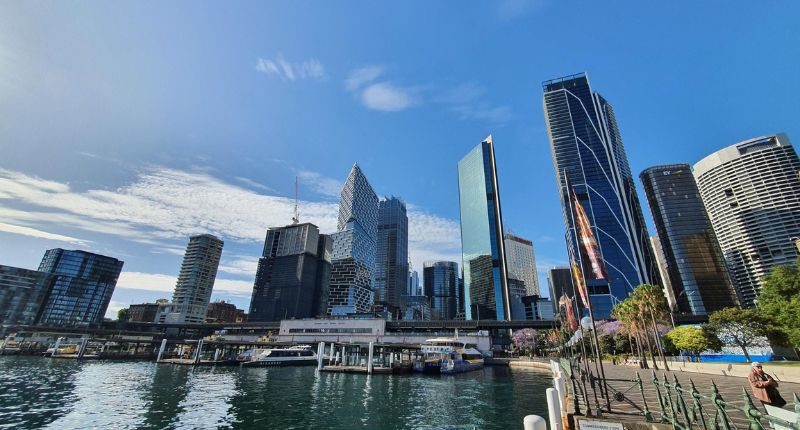
- Demand for co-working spaces rose 14% to 31% across the eastern states
- One in three Aussies will quit if forced to return to the office full time
- Over four in five wanted a co-working space close to home
Work from home has been the choice of millions of Australians even after it was no longer mandated during periods of lockdown and restrictions.
It has its little niggles and benefits, with one shocking claim that WFH is actually bad for the environment. The study found that for the period considered, carbon emissions from offices dropped by 2,500 tonnes, while work from home emissions rose by 4,000 tonnes, a 60% difference. More here.
It came as no surprise that Australians “reclaimed” their time, with no commuting needed. The move also helped with mitigating the soaring cost of petrol and cars.
But there is an alternative, a grey area between working from home and working in the office that some say is gathering momentum: co-working spaces.
Co-working space demand rises
Traditionally the preserve of startups, co-working is proving to be an enticing third option for some workers. For some companies, flexible spaces have been used as a transition back to normal office work, with other offices completing refurbishments to include more flexible spaces and less “traditional office” space.
Even tradies now have a co-working space.
The demand was clearly growing in November of last year, The Property Tribune reported, with Victory Offices then telling The Property Tribune that people missed some aspects of the office that you simply cannot get at home, neither can people easily ‘switch off’ from work.
New reports from Essensys, and The Instant Group, both demonstrate a strong appetite for the office format.
Source: The Instant Group.
Essensys’ report, created in collaboration with Flexible Workspace Australia, found that over four in five (85%) of survey respondents wanted to work in a flexible workspace near their homes, at least as much as their primary offices. This was particularly the case for those under 40 years old.
The survey also found that well over half of Australian office workers (57%) said their offices were not equipped for a flexible, seamless, agile work experience.
Finally, over 90% of millennials and Generation Z employees said they experienced a gap between the technology currently offered in their office and what’s needed to do their jobs effectively.
Across the eastern state capitals, two saw cost per desk rise, while another dropped.
| Cost per desk | Q3 2022 (compared to Q3 2021) |
| Sydney | Up 5% |
| Melbourne | Down 5% |
| Brisbane | Up 8% |
Source: The Instant Group.
The Instant Group’s data also showed supply increasing across the eastern seaboard.
| Supply | Q3 2022 (compared to Q3 2021) |
| Sydney | Up 7% |
| Melbourne | Up 2% |
| Brisbane | Up 5% |
Source: The Instant Group.
What will the post pandemic office look like?
The Property Tribune explored this late last year, looking into the transition from open plan to office cubicles, shared amenities and more. Available here.
Suffice it to say that the office still plays a valuable role in working lives because social elements, collaboration and other less tangible elements of working from an office simply can’t be replicated at home.
In October this year, The Property Tribune looked into what the nearer future might hold, with a report on what an office will look like in 2023. Available here.
Continued flexible arrangements will be the order of the day, with one piece of research finding that one in three Aussies would quit immediately if they were forced to return to the office full-time.
Another nascent development includes the cloud office – where documents go to live on cloud nine instead of physical binders and shelves.
It has also been reported that the work-from-home impact on office tenancy is likely to be offset by 2026. More here.
The report, citing Cushman & Wakefield research, said the restoration will be driven by strong employment growth and the need for additional space to accommodate changes in workplace structures.







